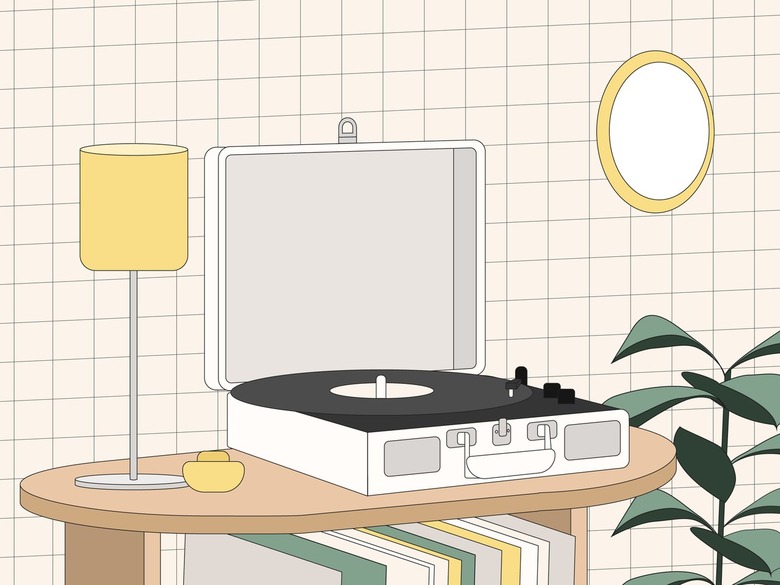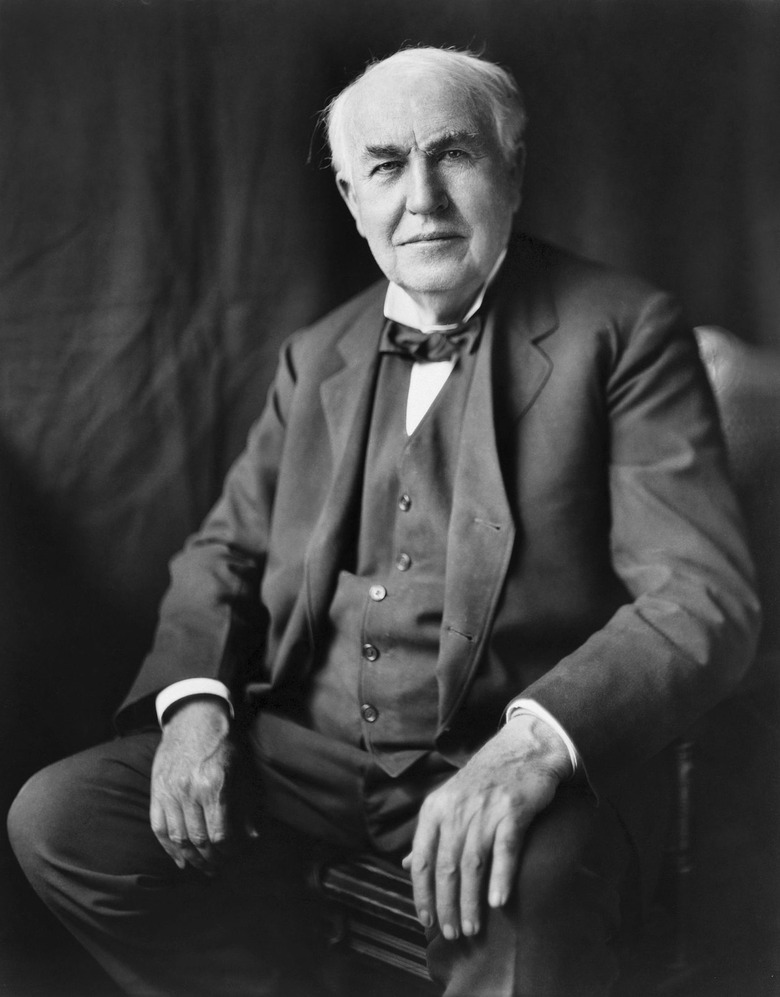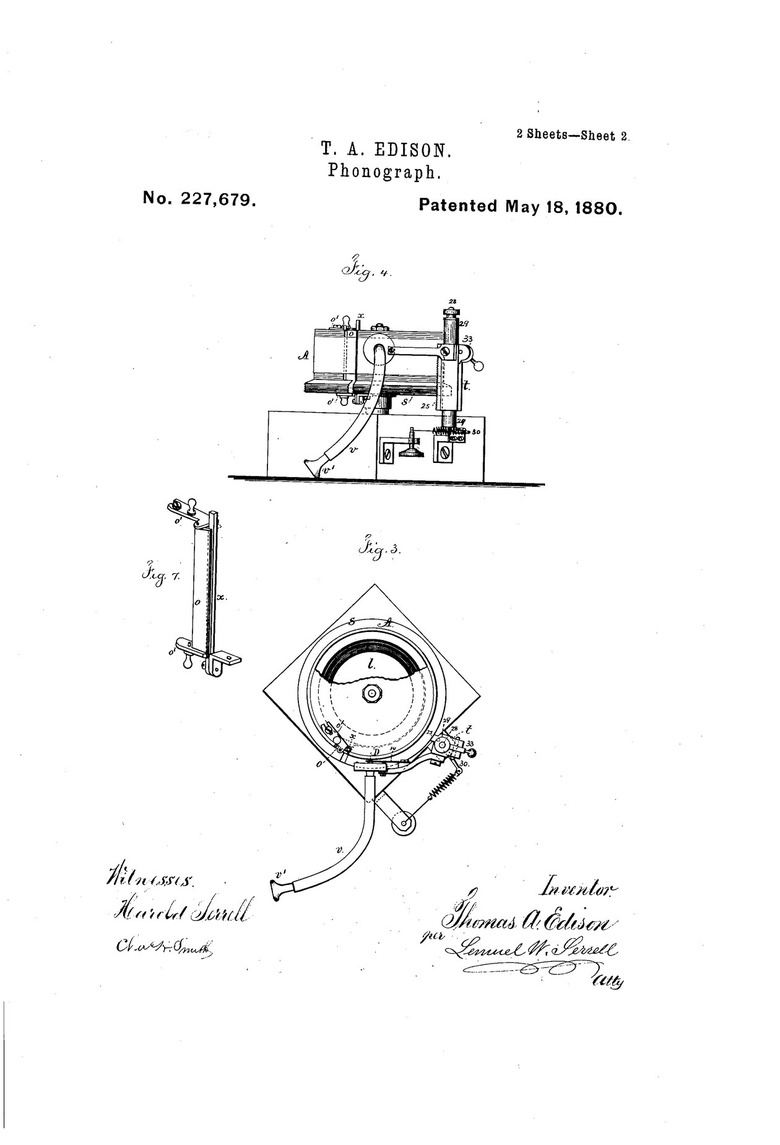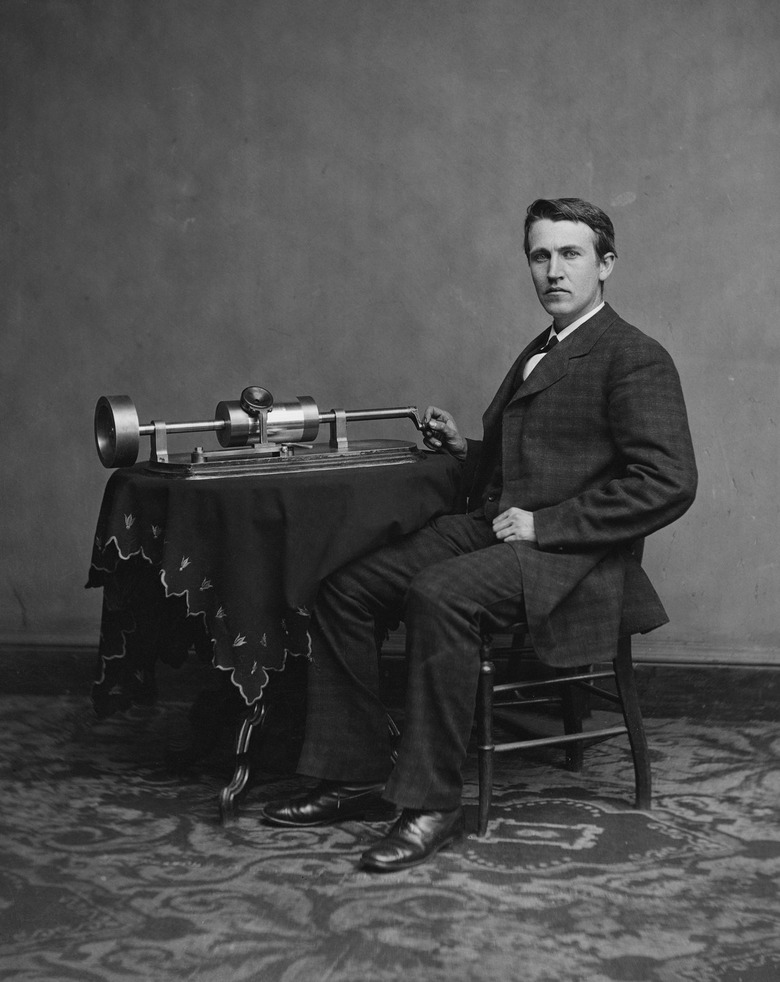Thomas Edison Invented The Early Record Player While Experiencing Hearing Loss
Thomas Edison changed the world. The prolific inventor was responsible, at least in part, for some of the greatest inventions of the modern era — perhaps most famously, the lightbulb. But before he illuminated our lives, Edison made waves when it came to sound, which was particularly impressive given the fact that he had almost no hearing. He became the first person to record his voice and play it back with his invention of the phonograph, for which he received a patent on Feb. 19, 1878.
In honor of National Deaf History Month, let's discuss Edison's work and how it led to the invention of the record player.
Who Was Thomas Edison?
Who Was Thomas Edison?
Born on Feb. 11, 1847, Thomas Alva Edison was a great American inventor, having received an astonishing 1,093 patents over the course of his 84-year life, per the Library of Congress. Despite having an inquisitive mind, Edison was labeled as "addled" (or confused) by a teacher, after which his mother home-schooled him. A voracious reader, Edison was also largely self-taught, tinkering with mechanical engineering and chemical experiments as a child. At 12, he reportedly set up a laboratory on the train on which he worked selling newspapers and candy.
After moving out at age 16, according to the National Park Service, Edison moved around the country, working telegraph jobs. When he reached Boston in 1868, he turned to inventing for work, receiving his first patent for an electric vote recorder in 1869. Edison also moved to New York in 1869, where he made improvements to the telegraph and developed an electric pen.
In 1876, Edison opened his "invention factory," a laboratory in Menlo Park, New Jersey, where he worked on projects to improve the telegraph and telephone. From his research and experiments with both devices, he developed the phonograph, a device that could not only record sound but also play it back.
Edison would continue to invent; the long-lasting electric lightbulb was up next, and following a move to a new laboratory in West Orange, New Jersey, was the motion picture camera. After receiving his 1,093 patents, Edison died on Oct. 18, 1931.
What Is a Phonograph?
What Is a Phonograph?
The phonograph was the first device to both record and replay sound. Recording devices themselves had been around for decades; the first was the phonautograph, patented by Édouard-Léon Scott de Martinville of France in 1857. But that early recording device was only designed to record sound waves and reproduce them visually for study, according to Time. Edison's phonograph, however, was specifically designed to play back sound.
The phonograph recorded sound by using sound vibrations to create grooves in a tin foil–wrapped cylinder with a recording needle, per the National Park Service. A second needle would run over the grooves, playing back the sound that was recorded. The Library of Congress states that the first sound Edison recorded was his own voice reciting "Mary Had a Little Lamb."
Though there initially was great public interest in the phonograph, the fact that the tin foil would tear after a few playbacks meant that there wasn't much use for the phonograph besides novelty. A decade later, Edison returned to the phonograph, improving it with wax cylinders (an earlier invention called the graphophone used this method). It did receive some commercial success. Eventually, this technology would inspire the record player.
Who Invented the Record Player?
Who Invented the Record Player?
After the graphophone and Edison's improved phonograph came the gramophone, invented by Emile Berliner in 1887. This device became the first true record player. Per the Library of Congress, the gramophone actually comprised two devices: a recording device and a playback device. Earlier inventions handled both tasks in one device. Instead of wax cylinders, the gramophone used discs made first of celluloid, then of rubber, and finally of shellac — all three materials were far more durable than wax. Because of that durability, the gramophone found far more commercial success than its predecessors. In fact, the Grammy Awards are named for this invention (the trophy is a gramophone).
Gramophones were mass-produced by the United States Gramophone Company beginning in 1894, and they remained the dominant record player until 1948. That year, according to the Library of Congress, Columbia Records produced the first long-playing vinyl record, ushering in the next era of the record player.
How Did Thomas Edison Lose His Hearing?
How Did Thomas Edison Lose His Hearing?
Thomas Edison's hearing loss is something of a mystery. He was not born hard of hearing but rather experienced the loss around age 12. According to PBS, the inventor himself spun several versions of a tall tale revolving around his time working on trains. In one story, the train's conductor pulled him up by the ears, diminishing his ability to hear. In another, he was boxed in the ears by a conductor after his on-train laboratory caught fire. Edison did, however, admit to friends that the stories were fabrications.
The two main theories regarding the cause of Edison's hearing loss include a series of ear infections that, having gone untreated, might have damaged his eardrum as well as a potential diagnosis of abnormal growths in the ear called otosclerosis or cholesteatoma.
Edison never found his hearing loss to be a hindrance. In fact, he found it to be beneficial, as the muted sounds allowed him to focus on reading and thinking without distraction. "I have been deaf enough for many years to know the worst, and my deafness has not been a handicap but a help to me," he told Cosmopolitan in a 1925 article, according to PBS.



